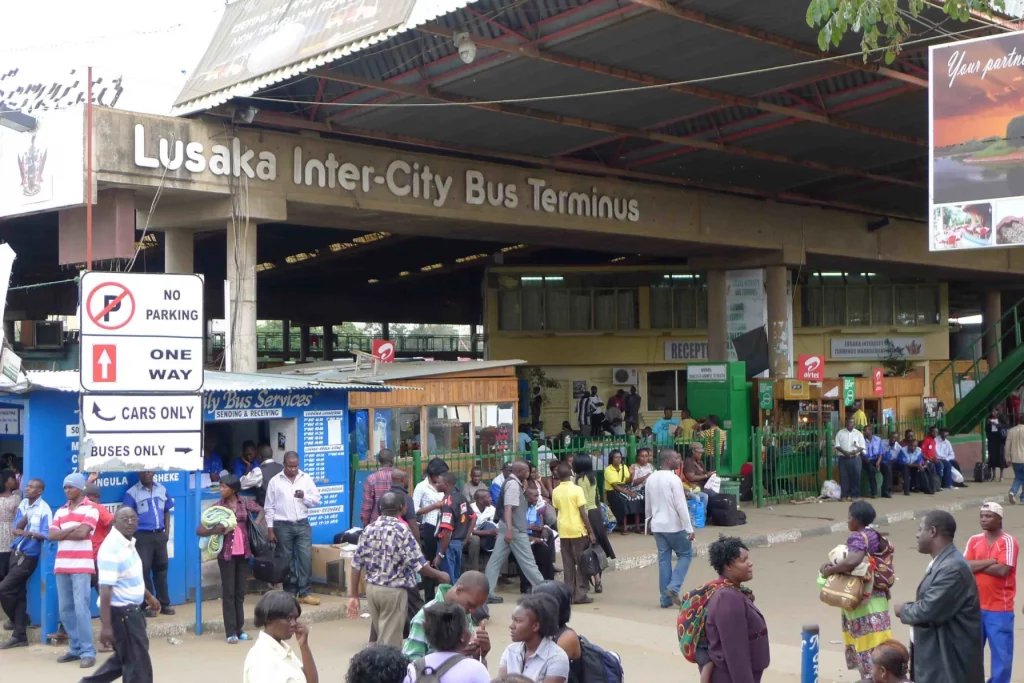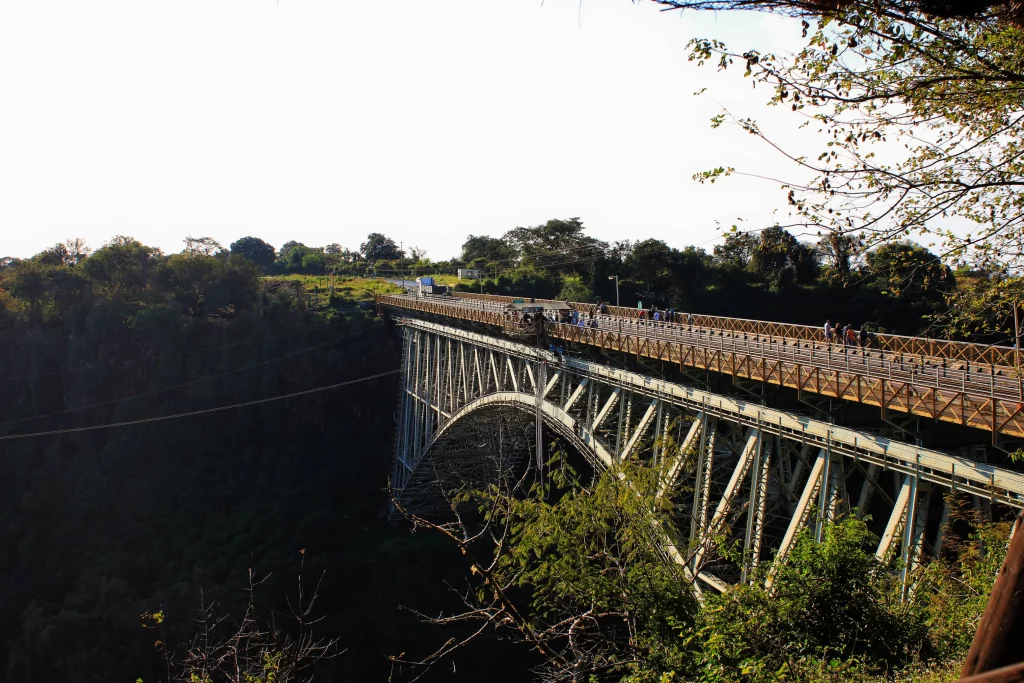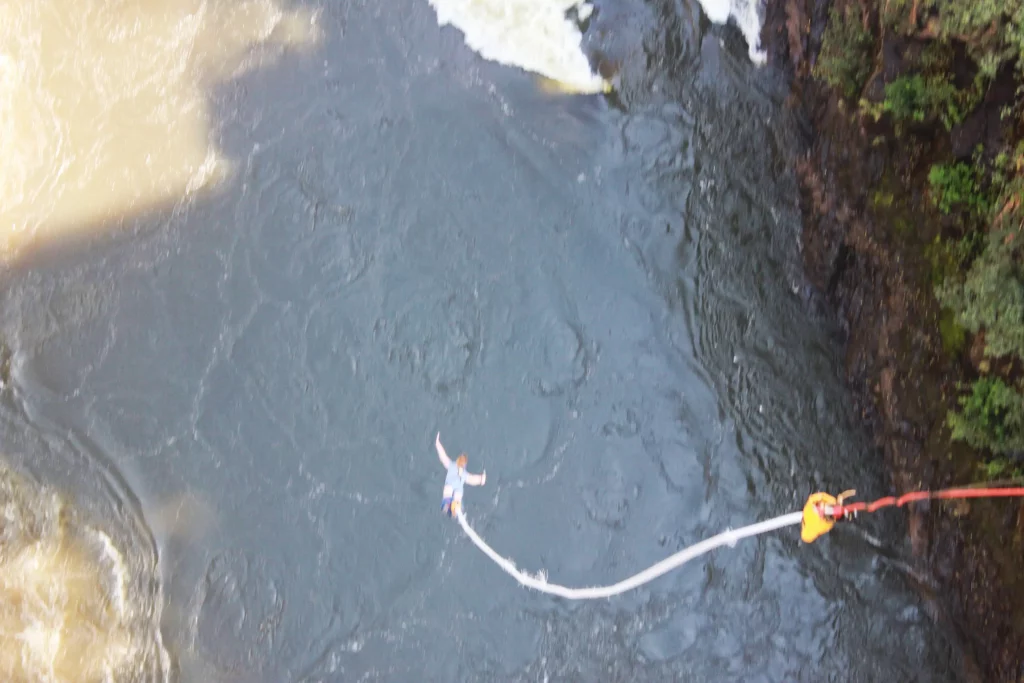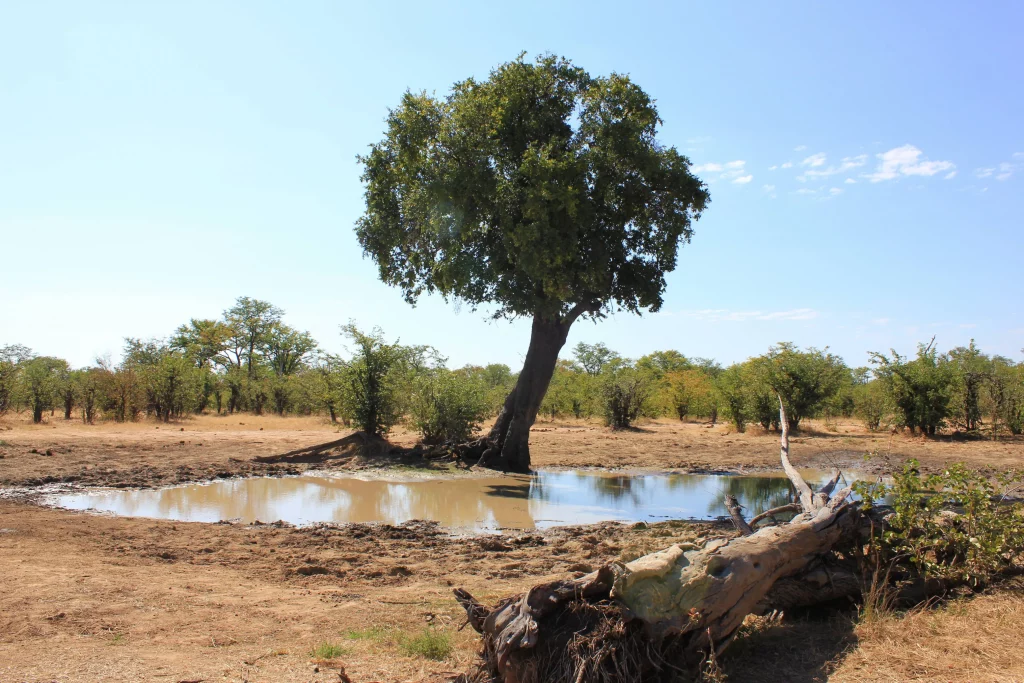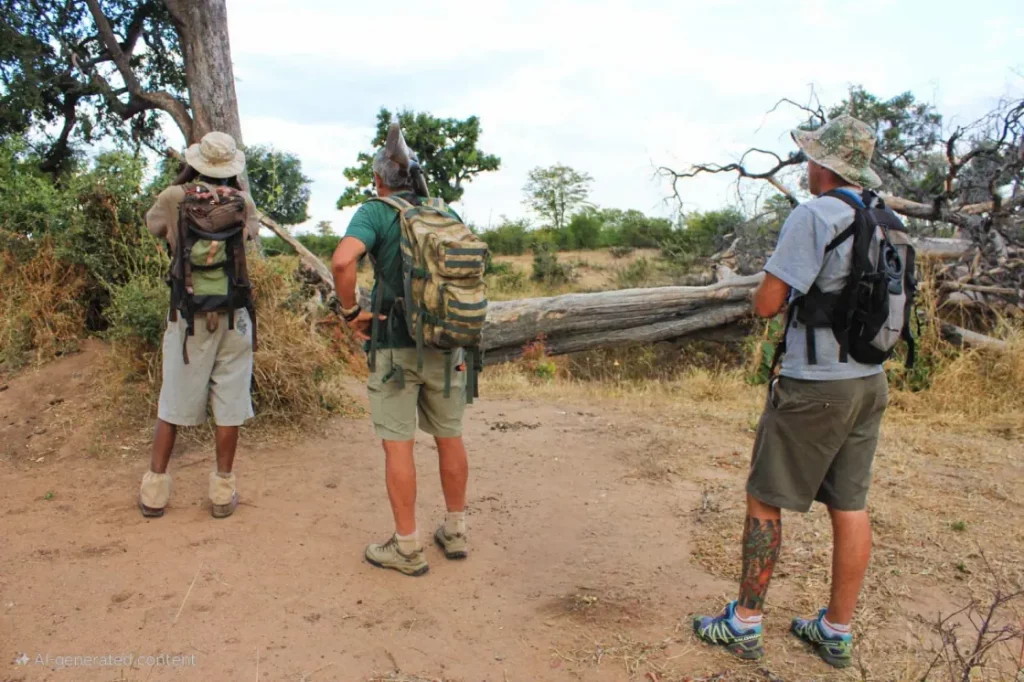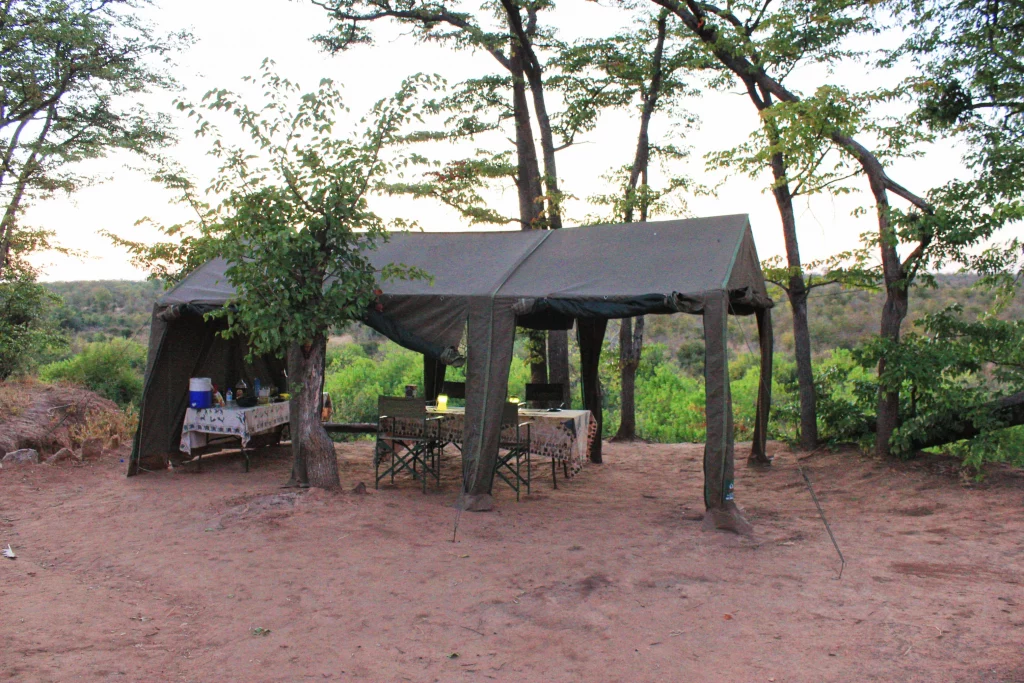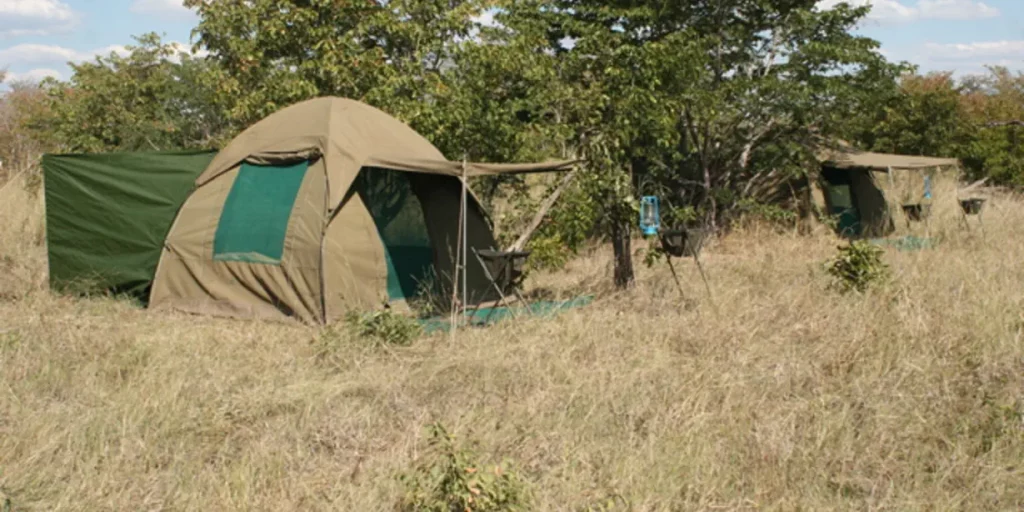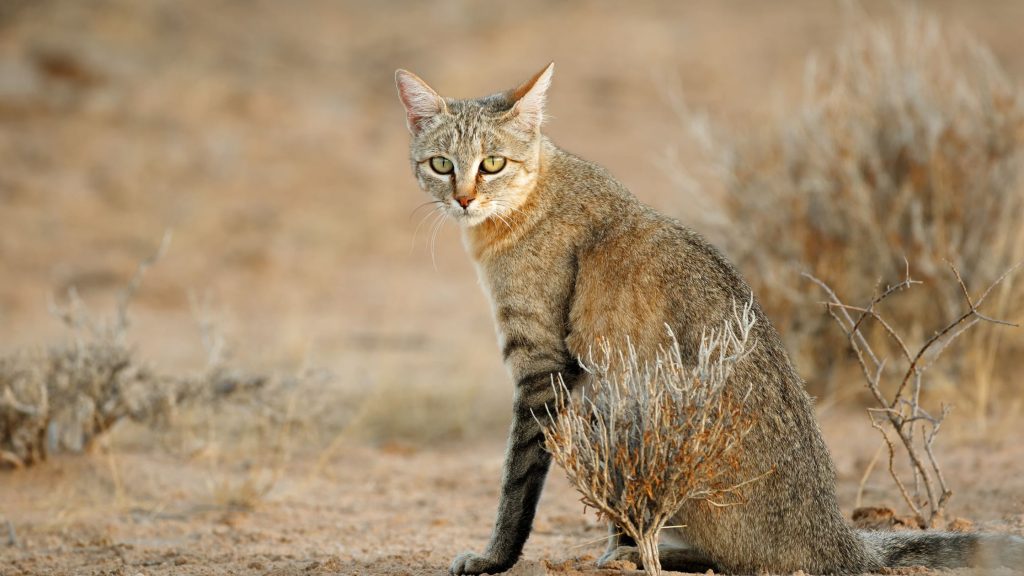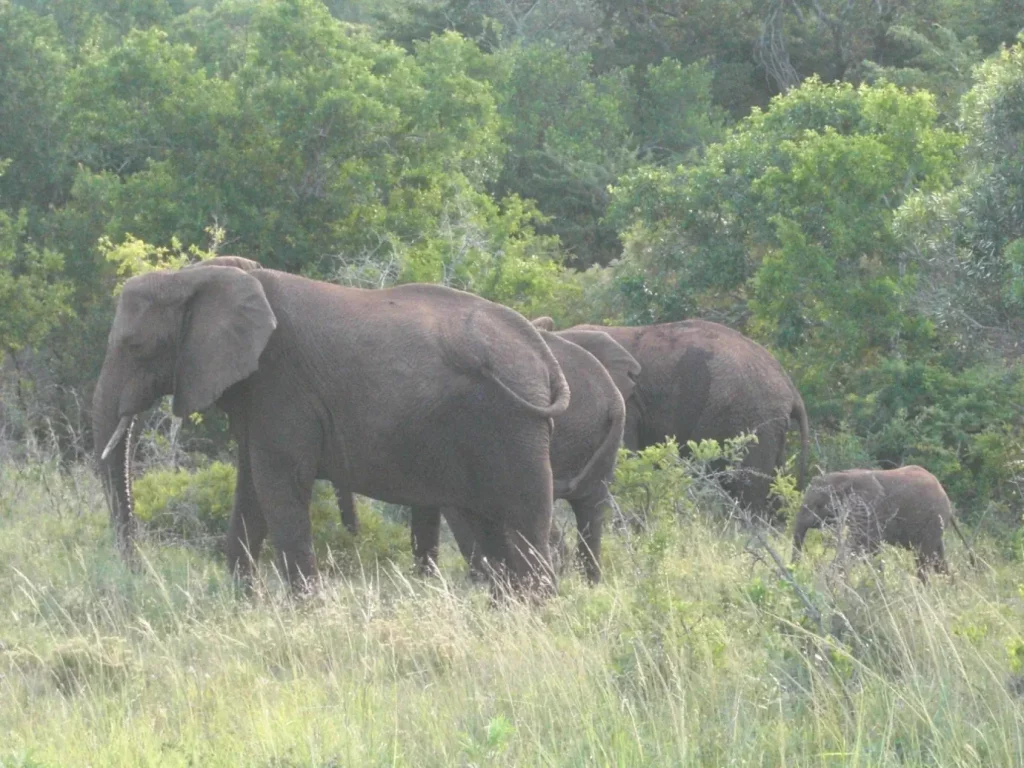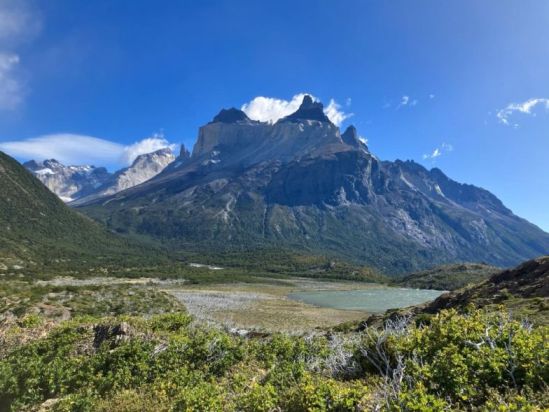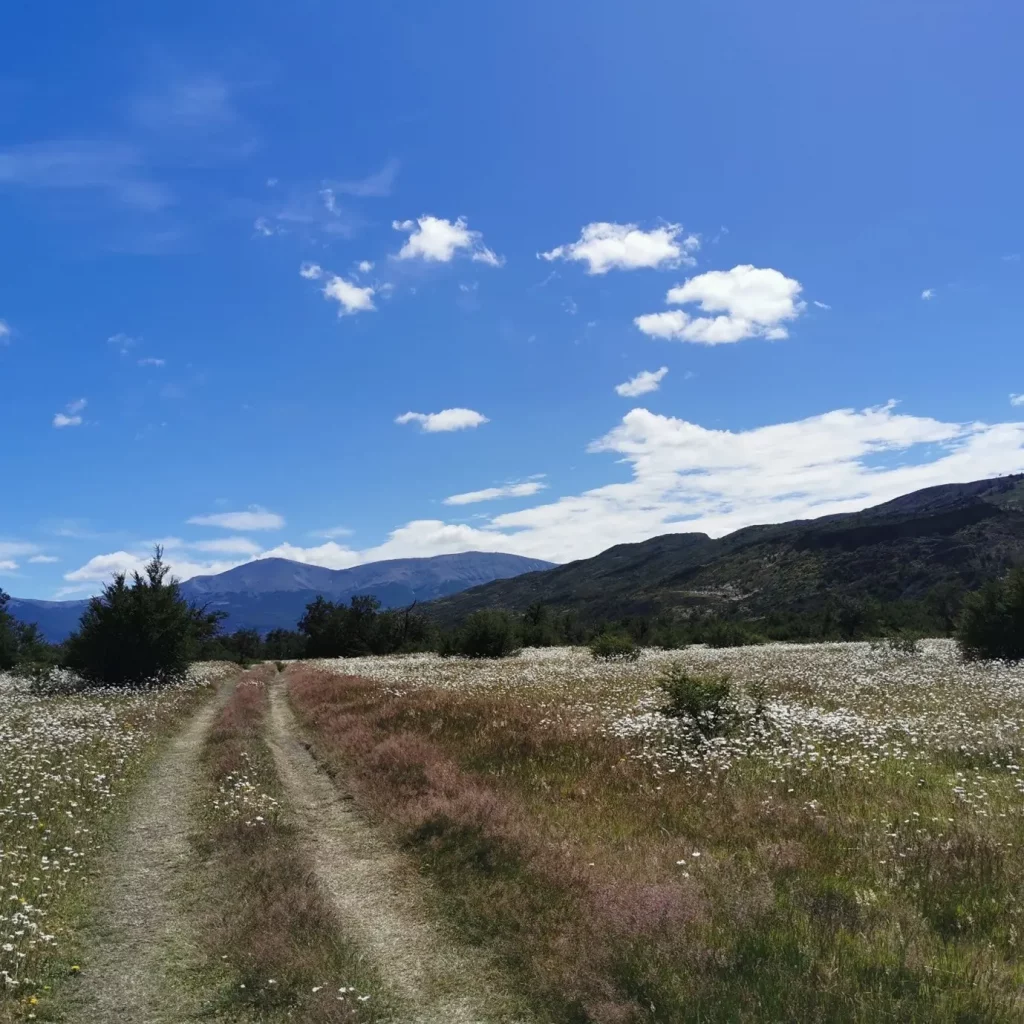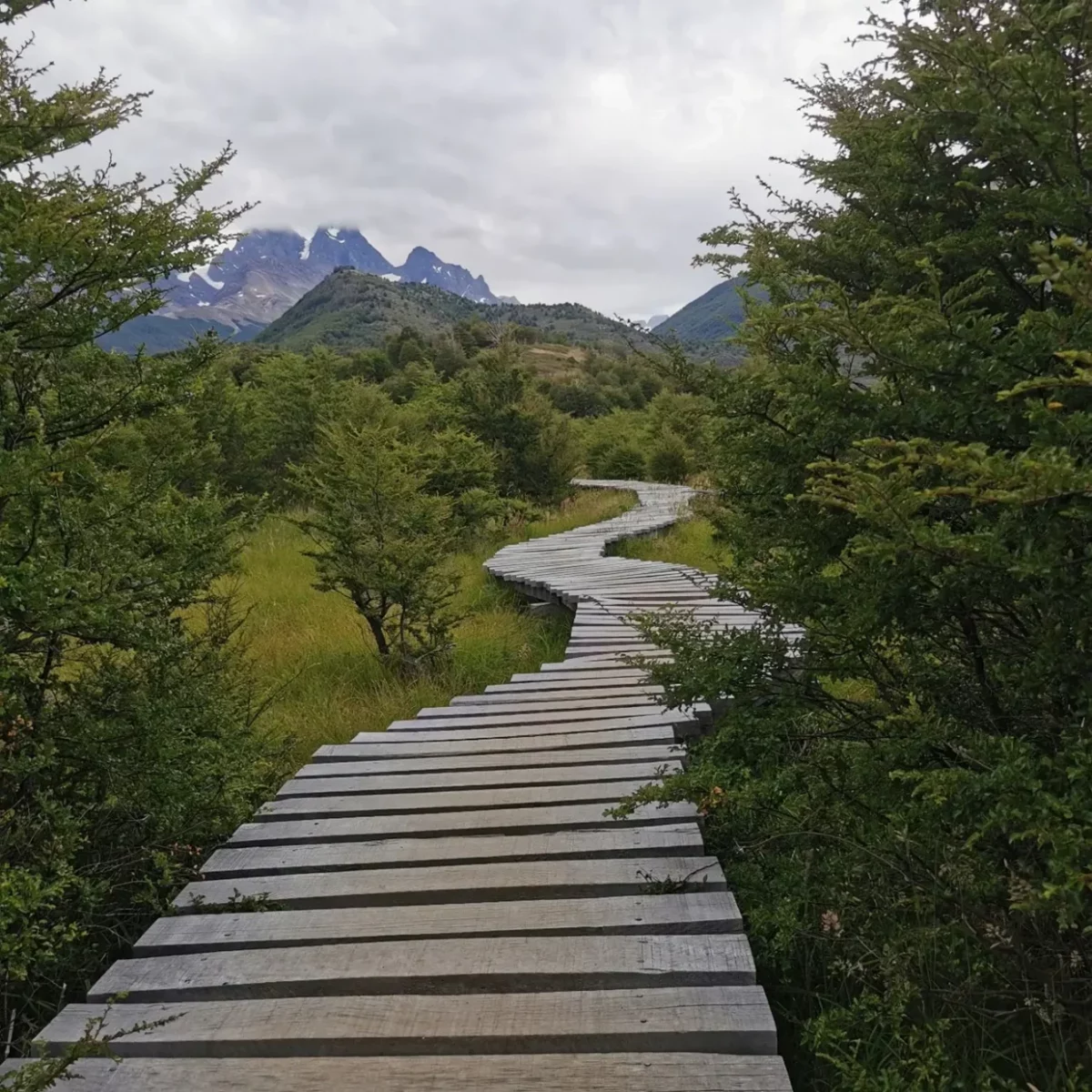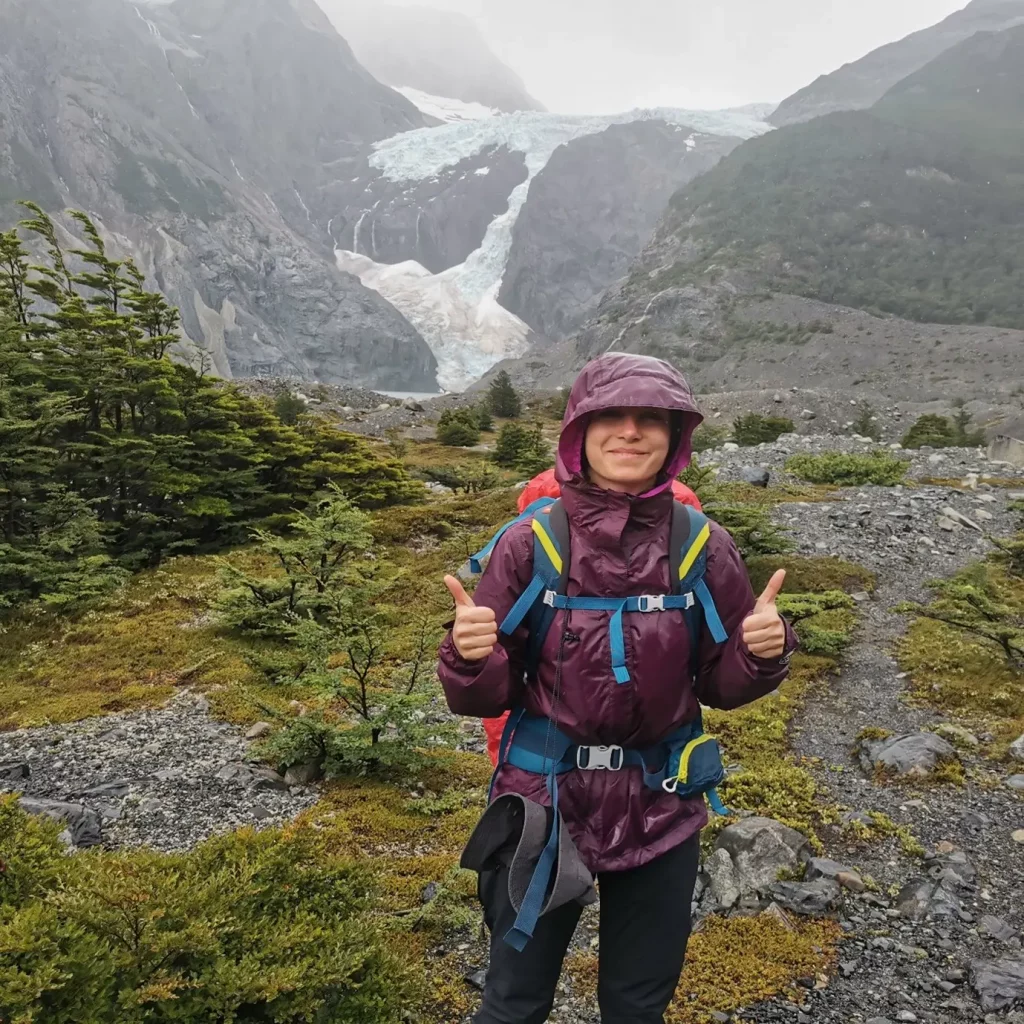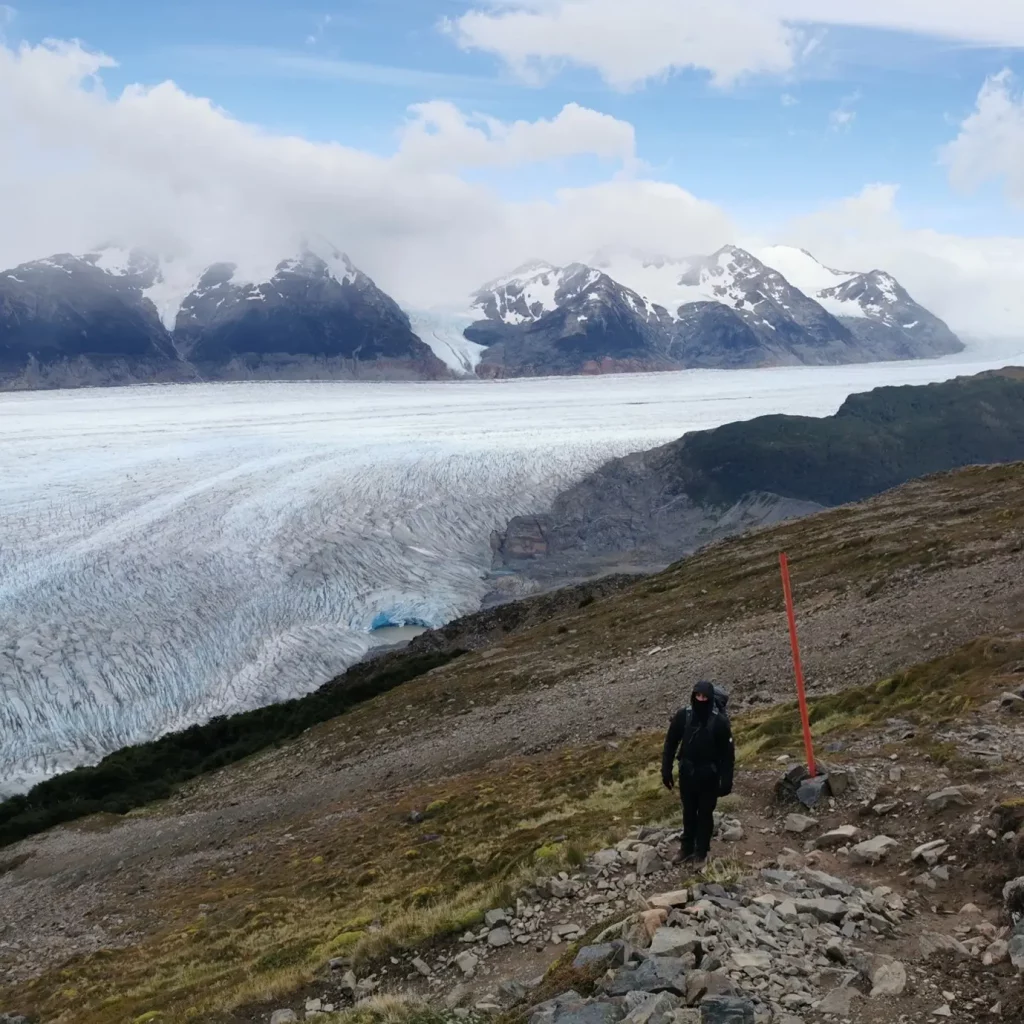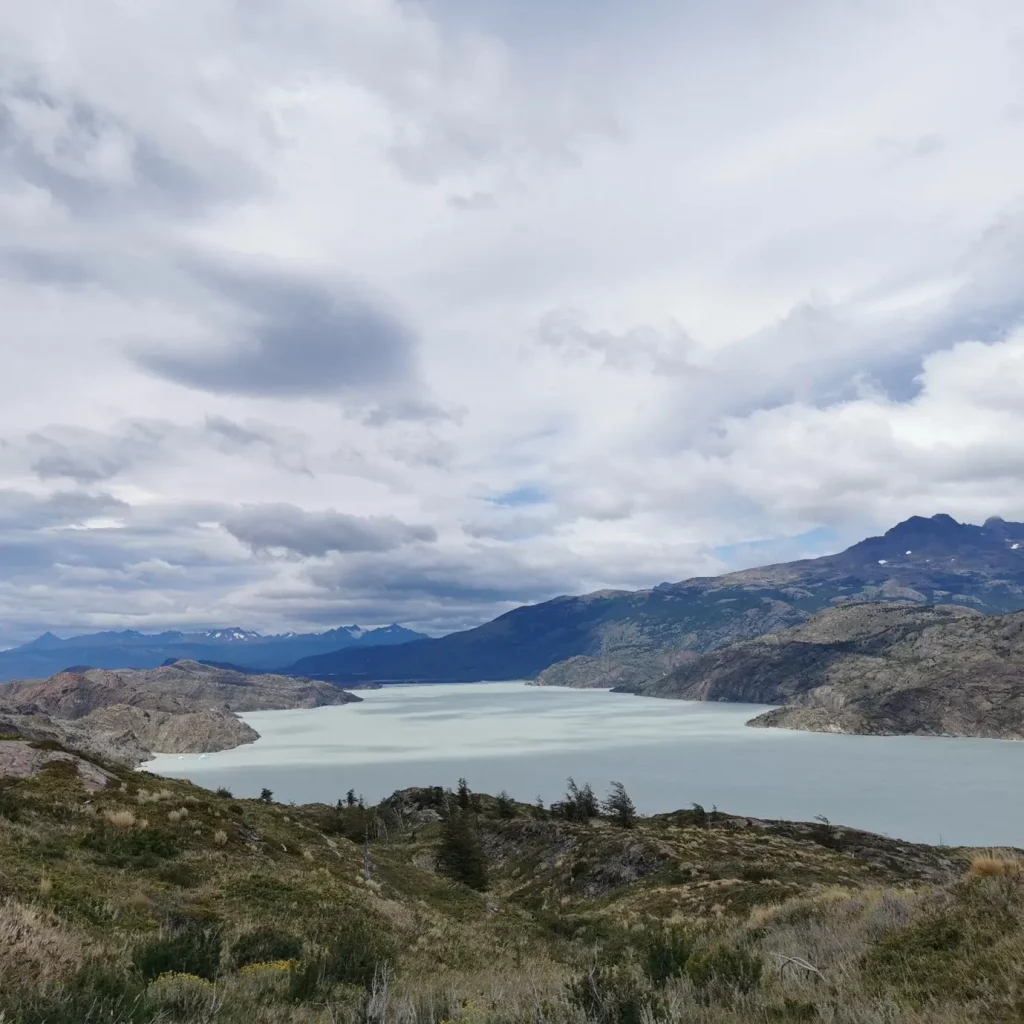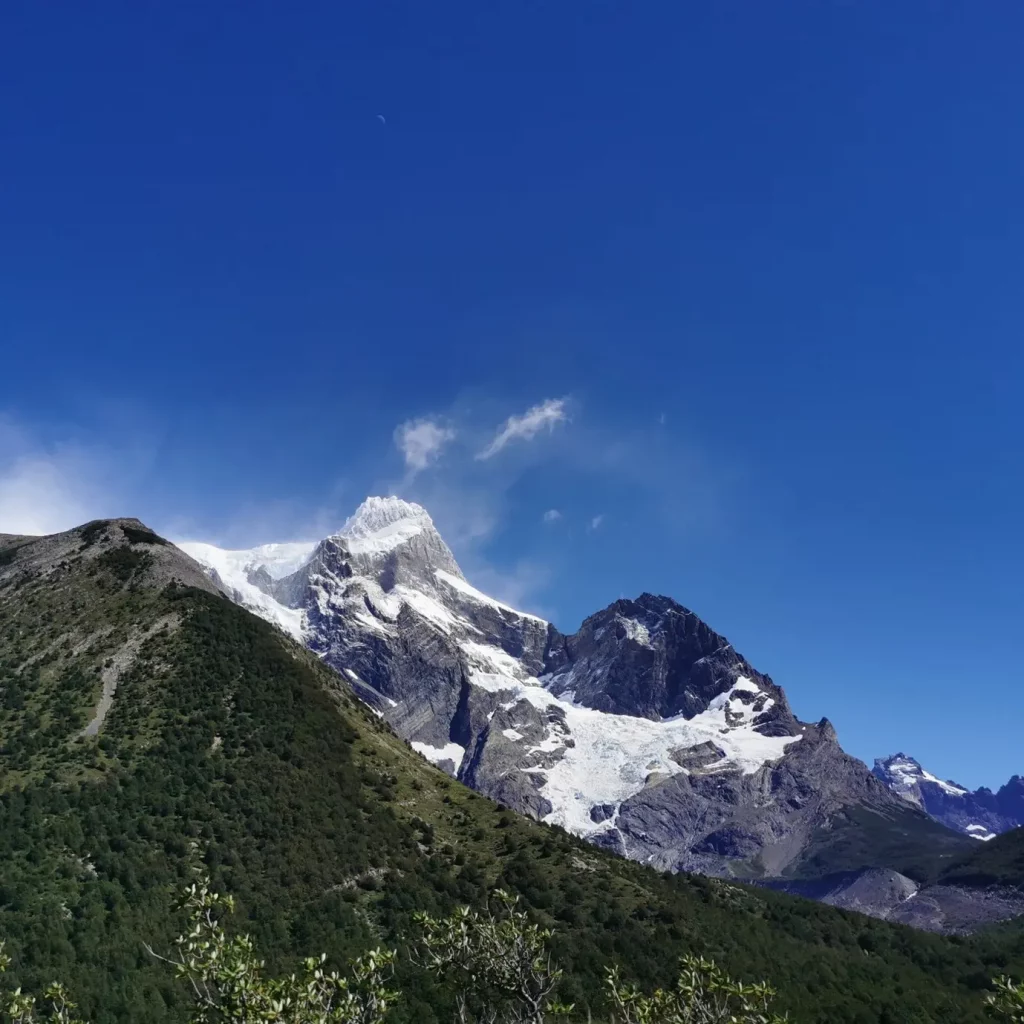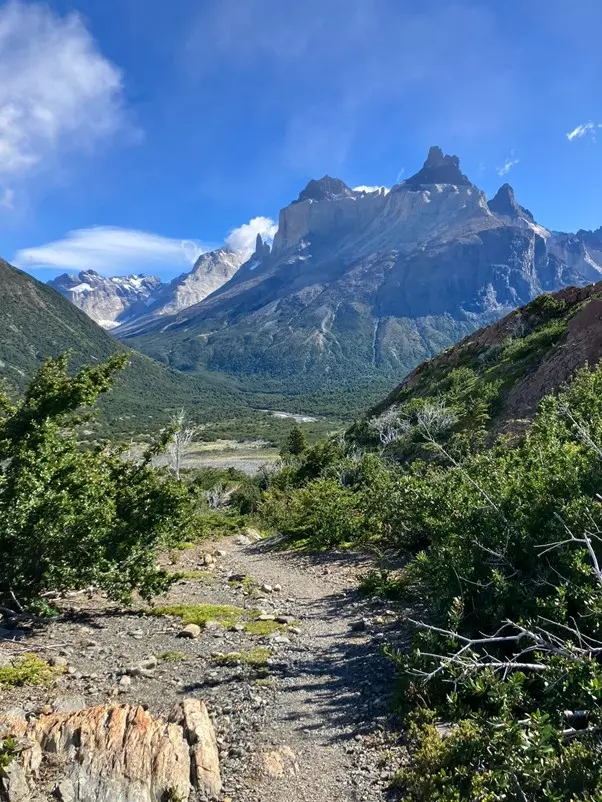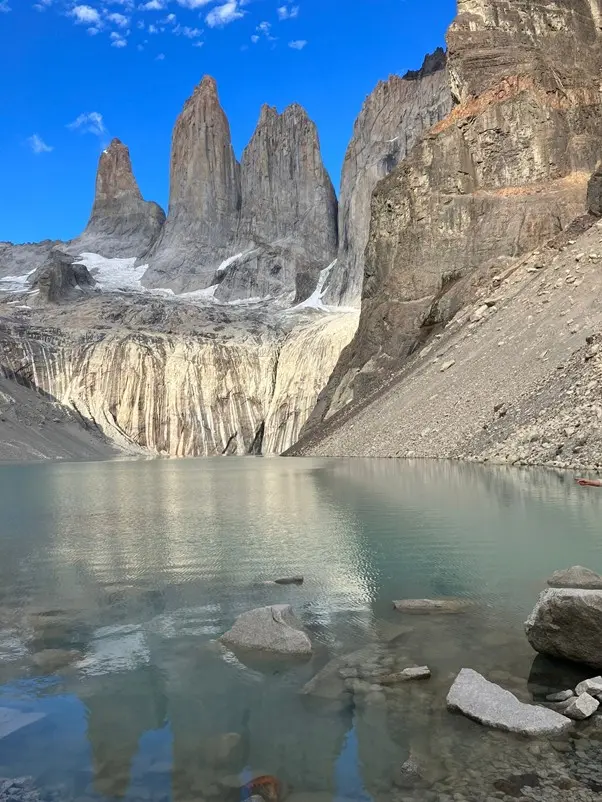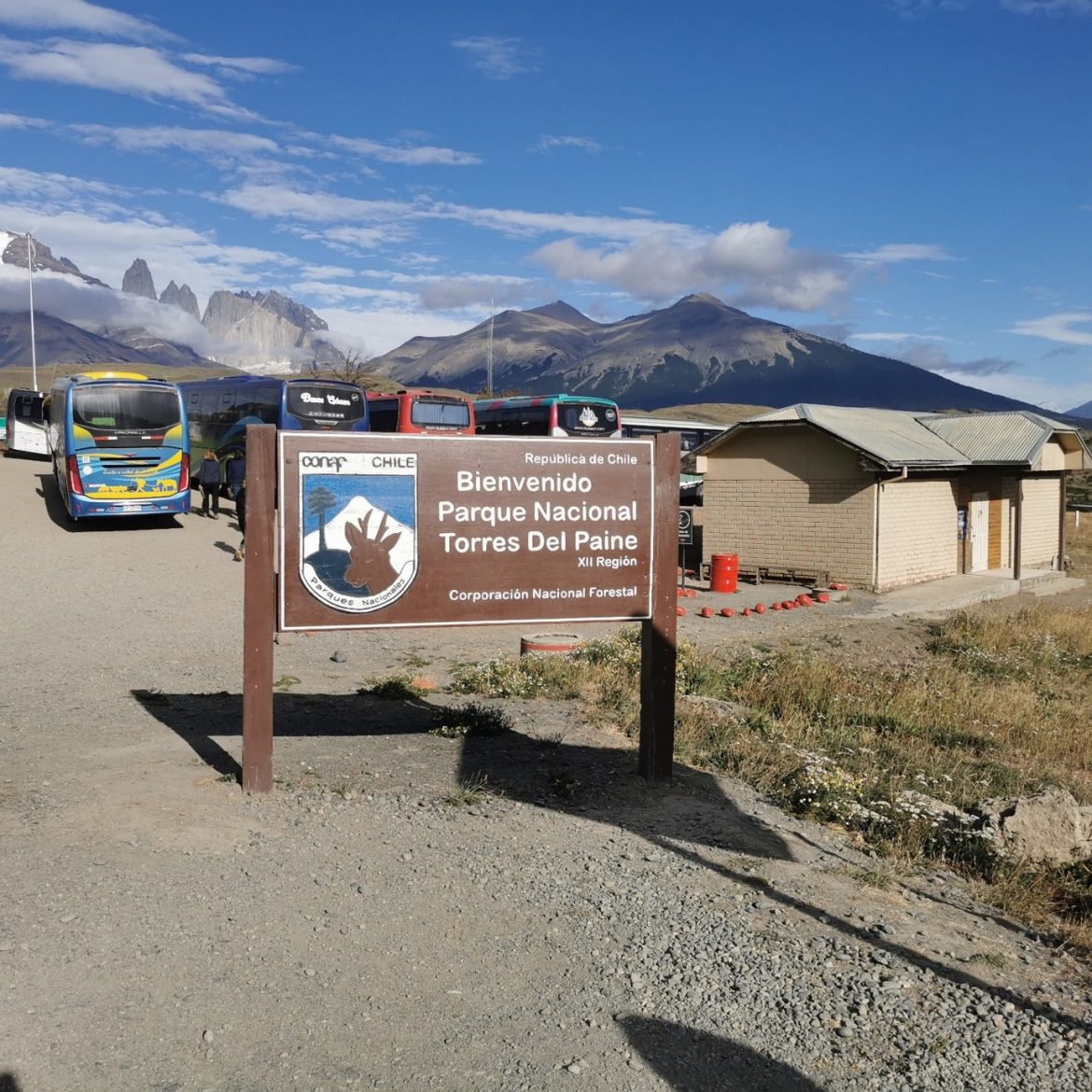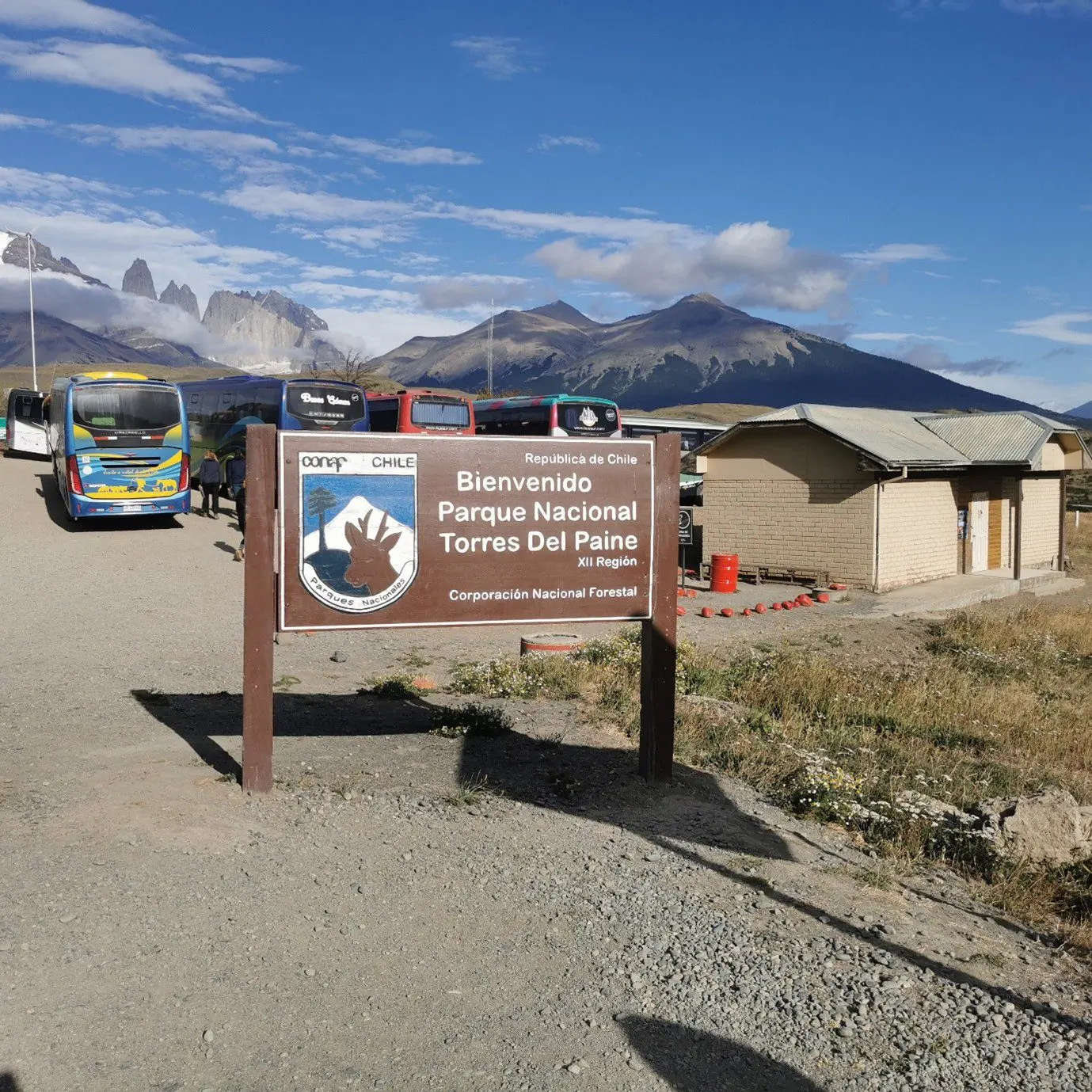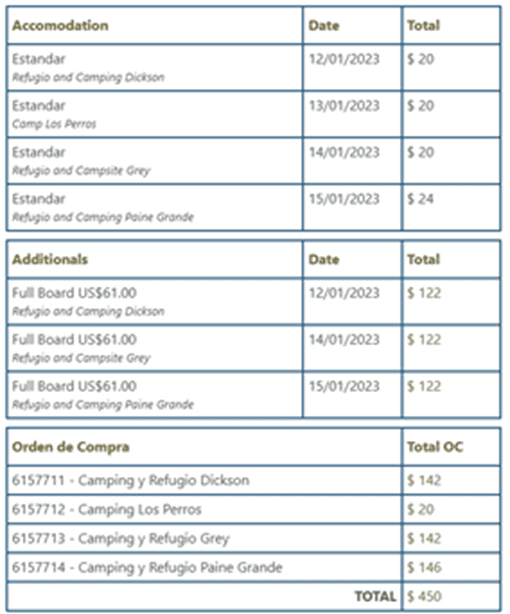In December 2021, Max and I decided to have our honeymoon in the bushes of Kruger National Park. We booked 4 nights at Makumu Safari Lodge, where the views stretched endlessly over the bush. After visiting many other lodges, I realized that this endless 360° view of the landscape is truly unique to this lodge.

The Unforgettable First Safari
That first safari was unforgettable. We were lucky to see all of the Big Five: lions, a leopard, countless elephants, rhinos, and buffalos. Our guide patiently taught us about their behavior—how elephants communicate silently through deep vibrations, how lions rely on teamwork, and how every creature plays a role in keeping the ecosystem alive.
Sundowner with Hyenas
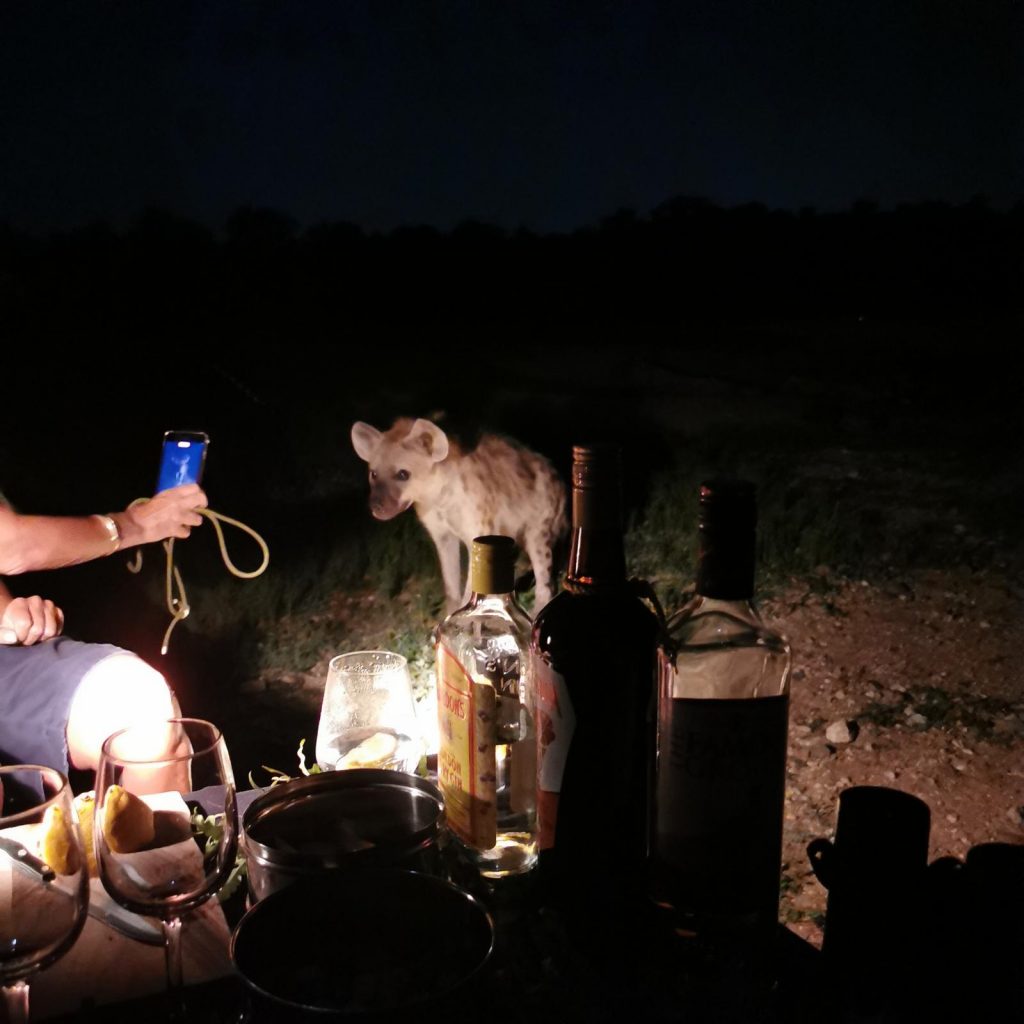
But the moment that stays with me the most was our sundowner with hyenas. On one of our evening game drives, we stopped to enjoy drinks and snacks while the sun dipped low, painting the horizon in shades of gold and violet. As we settled into that quiet magic, a pack of hyenas appeared in the distance. At first, they watched us cautiously, then curiosity took over.
One young hyena began to approach. Slowly, hesitantly, she came closer—ten meters, then five, until finally she stood barely a meter away from me. I could see the texture of her fur and the shine in her eyes. For a moment, it felt as if time had stopped. She leaned toward the candle flickering on our table, curious about its smell, and quickly realized the flame was not to be touched. We all held our breath, caught between fascination and disbelief.
Our guide remained calm, as he had many encounters with this pack of hyenas. He advised us to stay still and avoid sudden movements. My heart was racing. When I leaned on my husband, the hyena was alerted, ready to run away. That’s when I realized: this animal was more scared of us than we were of it.
Magical Moments at the Lodge
When we returned from evening game drives, the lodge itself felt magical. Instead of any electrical light, hundreds of candles lit up the lodge, casting a warm, enchanting glow. On one special evening, they prepared our room with rose petals, a drawn bath, and a bottle of sparkling wine, making it feel utterly romantic and unforgettable.
Reflections on Nature
This safari made me reflect on how humans once lived much closer to nature than we do now. Since then, I’ve been fortunate to go on other safaris. Each one brought new stories, new animals, and new lessons. Yet none have matched the raw wonder of that first trip—the one that made me feel truly part of the wild.
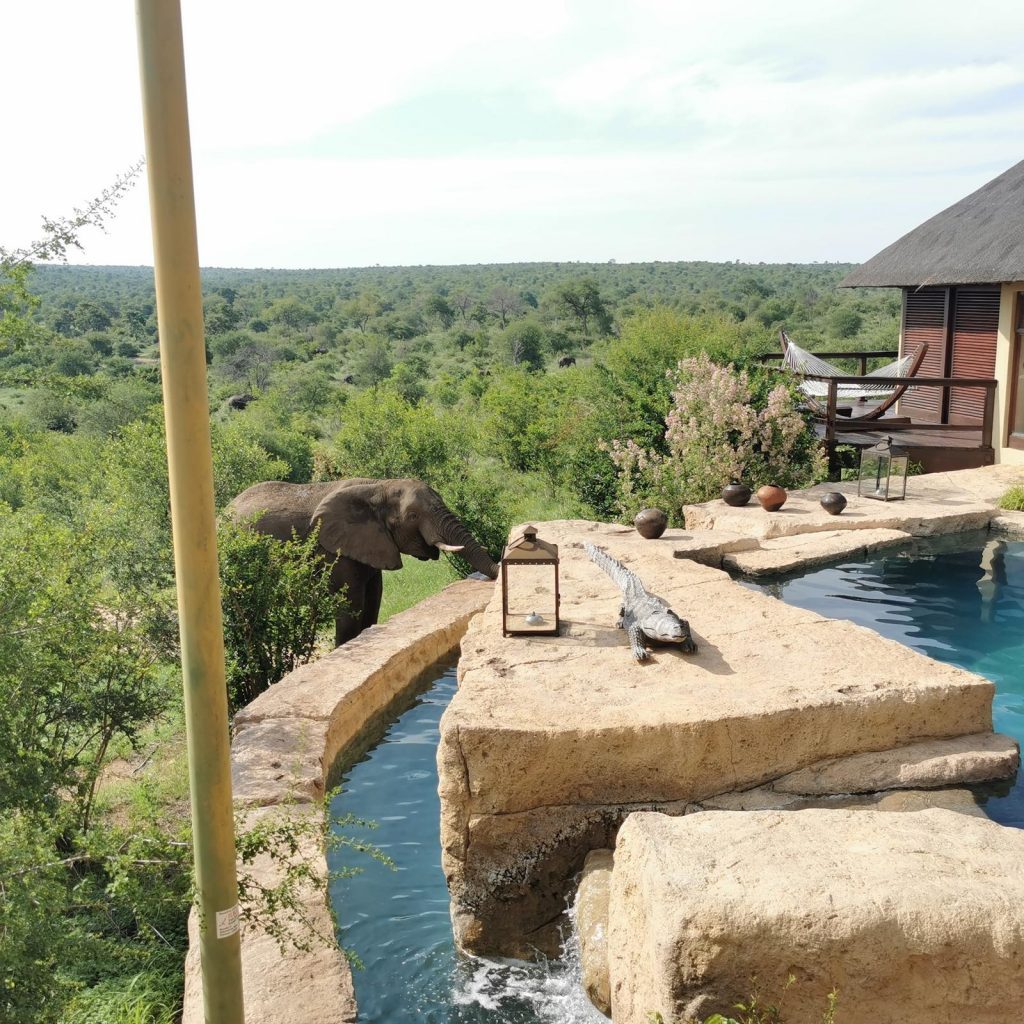
Credit for the title image: https://www.makumu.com/

